The now-famous Operation Neptune Spear was one of the most outstanding military operations in America’s history and the history of the special forces branch. U.S. Navy SEAL Team 6 made it clear Geronimo was down. Geronimo was the world’s most wanted terrorist Osama bin Laden.
Introduction
He was initially located after U.S. intelligence officials tracked one of his couriers after almost two decades of the manhunt. After the CIA found the Bin Laden hideout in Abbottabad, Pakistan, President Obama met with national security top advisers to formulate a plan of action. During the next six weeks, he and the advisors met four times.
One of the visits was extremely important; it involved Vice Admiral William H. McRaven, the U.S. Joint Special Operations Command commander.
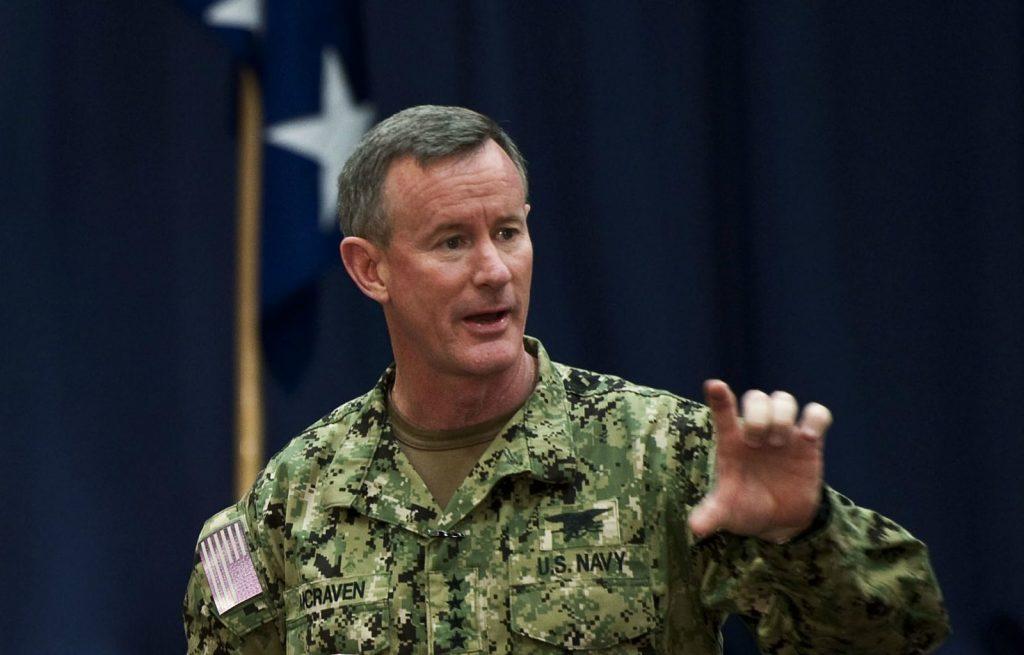
According to various sources (not officially confirmed), the initial plan was to release (up to) 32 2,000 lb. bombs on the compound using B-2 Stealth bombers. Still, it was rejected because President Obama felt a raid would provide the proof needed to know where America’s enemy number one, Osama bin Laden, was. A raid also would minimize possible civilian casualties.
Training and preparations
Training for U.S. Navy SEALs Team 6, also known as DEVGRU, began following the national security meeting held on March 22, 2011. JSOC set up special training facilities resembling Bin Laden’s compound on both coasts. In April 2011, the plans progressed, and the Navy SEAL teams began specific training using various tactical approaches on a replica of the Waziristan Mansion compound.
Some security sources reported that U.S. Navy SEALs made two initial practice runs on April 7 and one on April 13th2011, before Operation Neptune Spear’s final run.
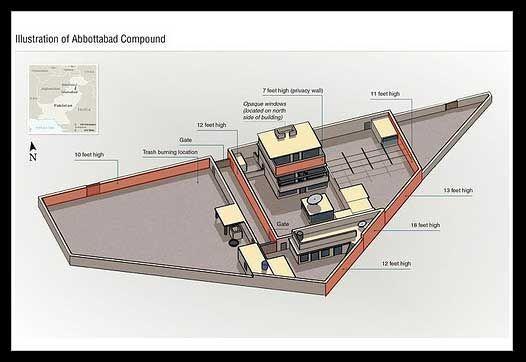
John Brennon, one of White House counter-terrorism advisors, identified the initial point of the mission was to capture Osama bin Laden if he posed no threat. However, an unnamed U.S. national security official informed Reuters that the operation was, in fact, a kill mission and that Osama bin Laden didn’t have a chance to survive.
Operation Neptune Spear
President Barack Obama gave the order after a 24-hour delay due to cloudy conditions. It was clear to proceed with the mission on May 1, 2011, with one goal, to kill or capture notorious terrorist Osama bin Laden. The raid ensued using 20-25 special-made Black Hawk helicopters carrying U.S. Navy SEALs Team 6 – DEVGRU members, 79 operators, and one dog.
The backup plan had multiple helicopters – including two Black Hawks and two Chinooks, and several search-and-rescue helicopters.
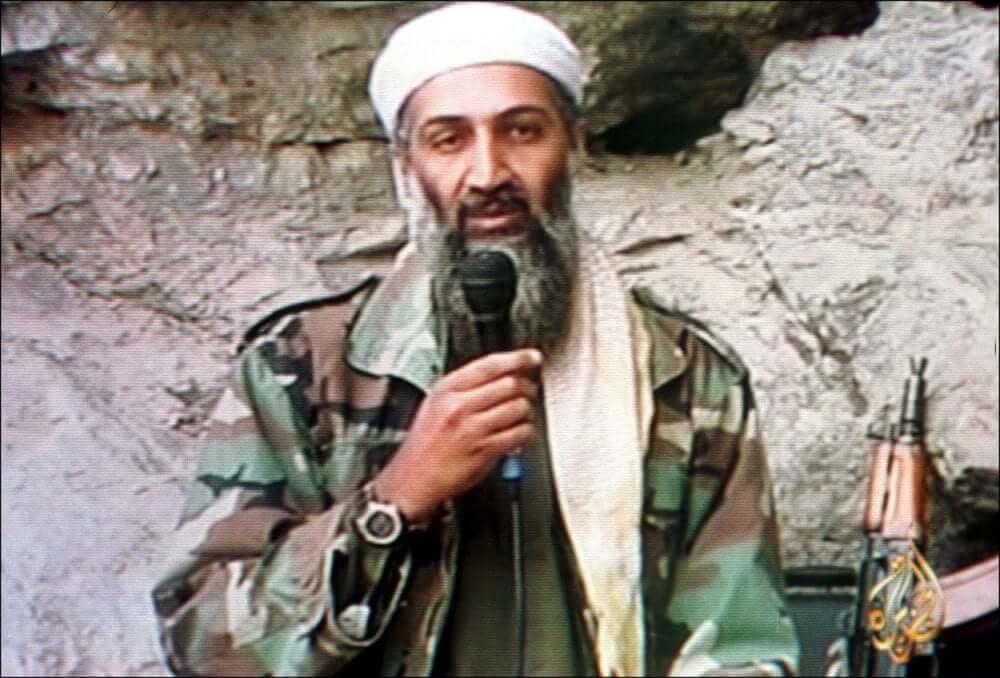
On May 1, 2011, Operation Neptune Spear went off, and the U.S. Navy SEALs DEVGRU team made the world’s headlines. After they landed in the backyard of the compound, Navy SEALs used explosives to breach the compound’s walls and proceeded to attack its structures. Despite being under direct fire, they neutralized the guards and then moved in, clearing buildings throughout the compound.
Bin Laden’s couriers on the first floor were killed, and additional personnel and women and children encountered on the second and third floors were captured and secured in place with zip ties. Once the raid was over, SEALs moved them outside.
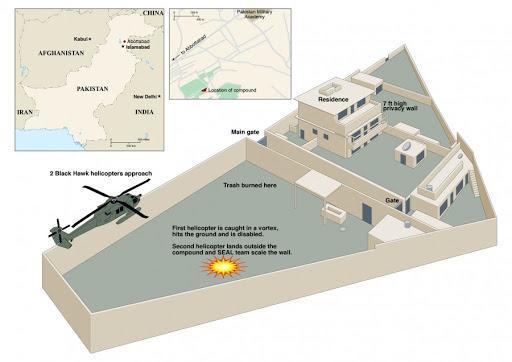
The team located and confronted Osama bin Laden on the third floor. The Offical statement claims that Bin Laden resisted and posed a threat to a U.S. Navy SEALs Team 6, and they had no choice but to kill him. As a result, the U.S. Navy SEAL Team 6 mission – Operation Neptune Spear – ultimately led to the killing of Osama bin Laden.
Aftermath
Following the deadly raid on Osama bin Laden, many conspiracy theories were thrown around. One of the most spread theories was that a bunch of operators who took part in the UBL raid died in the Chinook crash. On August 6, 2011, insurgents shot down a Chinook transport helicopter in Afghanistan, killing all 38 people on board. It has become known as the Extortion 17 crash (Chinook helicopter call sign).
Of the 30 Americans killed, 22 were Navy personnel, and 17 were SEALs. These included two bomb specialists and 15 operators in the Gold Squadron of DEVGRU, or Team 6, the highly classified unit that conducted the raid that killed Al Qaeda leader Osama bin Laden at his compound in Abbottabad, Pakistan, the previous May.
Despite the theories and claims, officials said that none of the operators killed in the Afghan helicopter crash had been involved in that mission. In addition to the SEALs, the others who died in the Chinook crash included five other Naval Special Warfare (NSW) personnel, three Air Force forward air controllers, and five Army helicopter crew members.

This theory stays because at least two men from the raid are alive and known to the public. The man who pulled the trigger is still alive, has appeared on the news,, and has a prominent presence on social media. However, he is no longer on active duty. His name is Robert O’Neill.
O’Neill is a highly decorated veteran who served in the SEALs for 16 years, completing over 400 combat missions. He has received numerous awards and decorations, including two Silver Stars, four Bronze Stars with Valor, and the Defense Superior Service Medal. O’Neill is the author of “The Operator: Firing the Shots that Killed Osama bin Laden and My Years as a SEAL Team Warrior.“
Another Navy SEAL, Matt Bissonnette, who went by ‘Mark Owen,’ was also on the mission. He has been much less vocal about the feat, only appearing on the TV Show “60 minutes” to describe the mission and writing about it in his book. He, too, has left active duty.
He served in the SEALs for 16 years, completing multiple deployments to Iraq and Afghanistan. He was part of the team that entered bin Laden’s compound and reportedly shot and killed the al-Qaida leader. Bissonnette is the author of the book “No Easy Day: The Firsthand Account of the Mission that Killed Osama bin Laden,” which details his experiences as a SEAL and his involvement in the bin Laden raid. He has faced criticism and legal controversy for his decision to write and publish the book without obtaining clearance from the U.S. government.
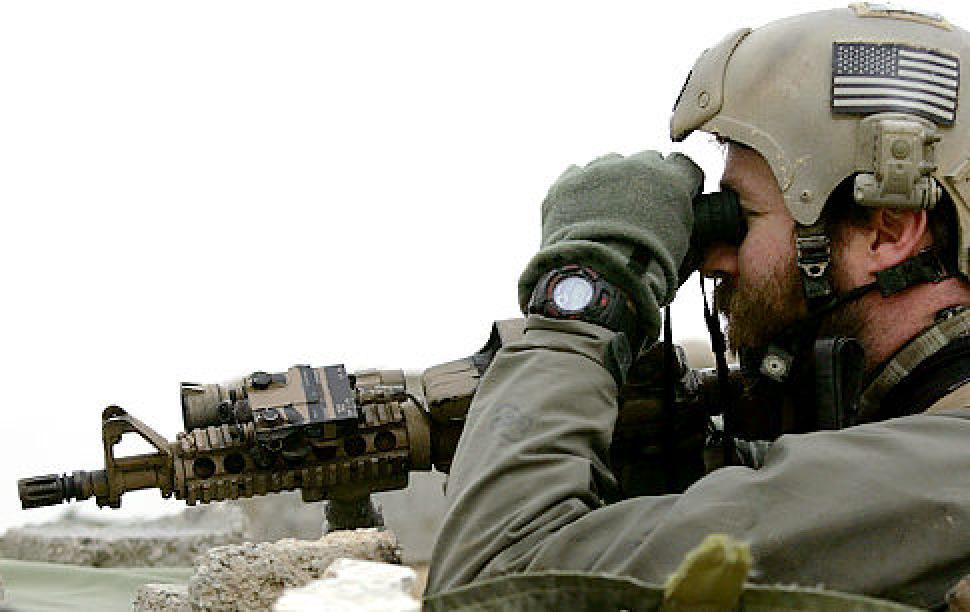
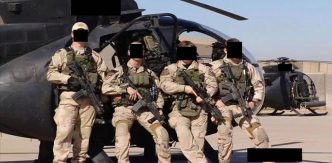
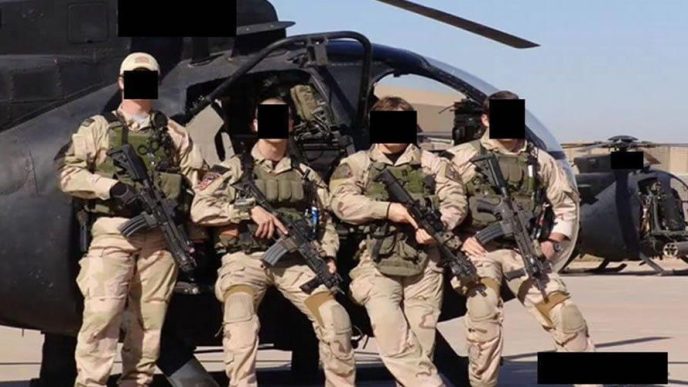
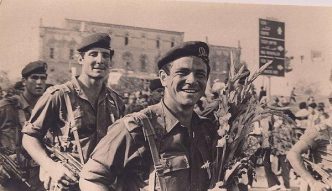
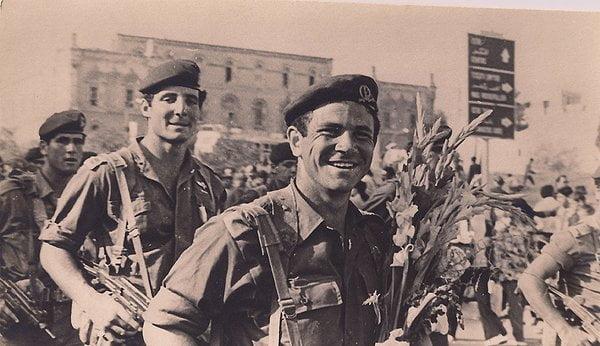
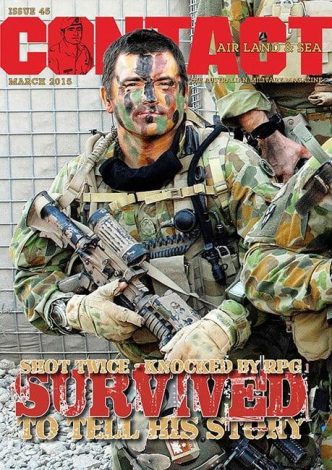
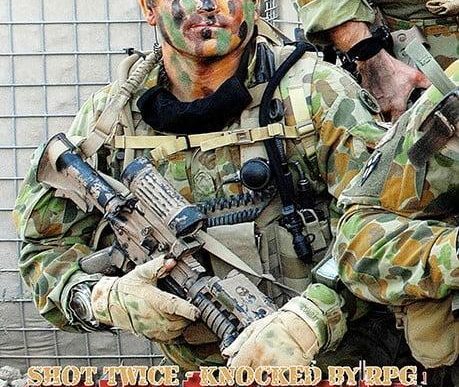
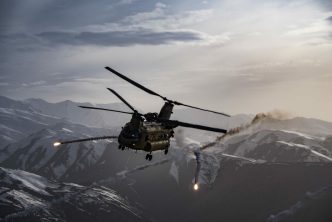
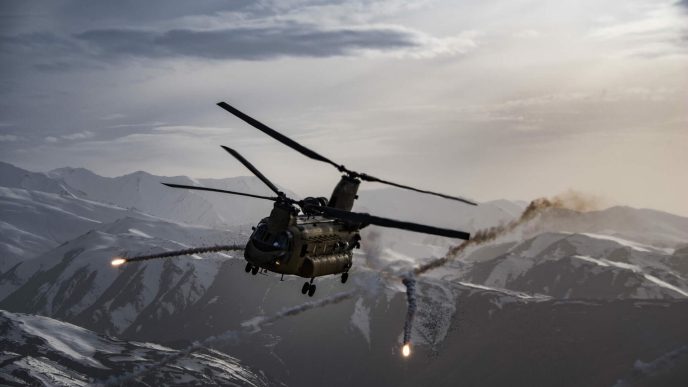
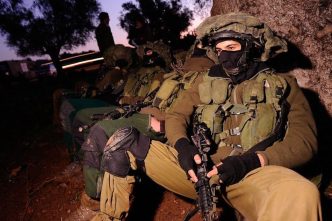
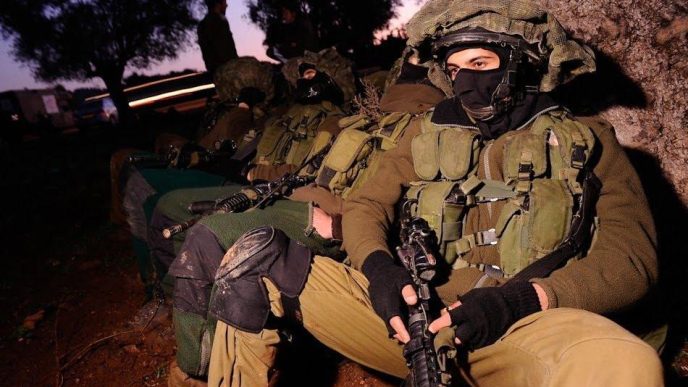
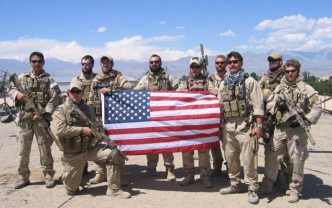
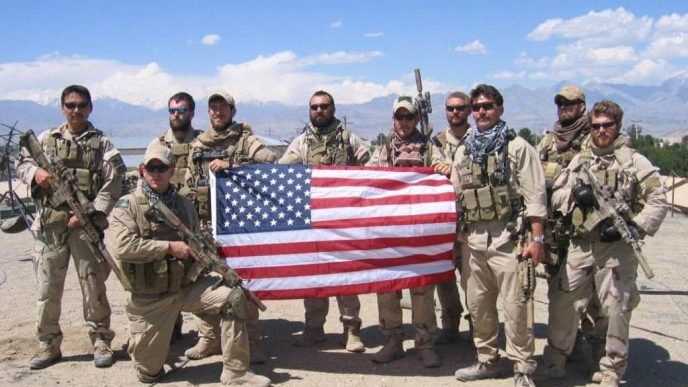
Nobody seems to know the person or his unit that breached the door. It wasn’t a SEAL.